

Photos by the author.
Once on the hill, I peered down into the valley below me. That valley is Emiquon Nature Preserve, located in Fulton County. It was mid-winter and the marsh was covered in a layer of ice. Protruding through that protective ice cover were hundreds of grassy huts, the huts were the winter homes of the muskrat, and there were plenty of them here.
While not as abundant as they once were, muskrats are still found in every county in the state. Most bodies of water, like lakes, ponds, rivers and streams, offer habitat suitable for muskrats.
Muskrats are the only mammal with a vertically flattened tail. Their head and body are typically 10 to 14 inches long with a tail that is nearly a foot in length. They have a rich dark-brown fur with a black tail that is hairless. Their hind feet are partially webbed.
The winter home or hut of a muskrat is an obvious sign that these furbearing mammals are in the area. This hut, built primarily out of vegetation, is made into a cone shape that is rounded at the top. It can measure 5 feet wide and be as much as 3 feet high. Built and then hollowed out to make a dry chamber, the hut can only be entered from an underwater entrance.
Muskrats will also burrow into the bank instead of making a hut. The entrance will be placed at least 6 inches below the water’s surface. A tunnel will then be made, sometimes several feet in length, to form a den located above the high-water line.

Muskrats must leave the safety of their dens and huts to feed as they do not store food in them. It is at this time that they are most vulnerable to predators. If caught in the open, muskrats may fall prey to raptors and well as ground predators including coyotes, foxes, minks and river otters.
Muskrats are mainly herbivorous, with cattail and bulrush as the preferred food sources when available (up to 80 percent of their diet). Occasionally, mussels, fish and other animals are eaten, but this is a very small part of their normal diet. Cattails and other wetland vegetation also supply material for their feeding platforms.
Living one to three years in the wild doesn’t seem like a lot of time but muskrats use that time to keep the species going, often times having two to three litters a year. Each litter typically consists of five to six young. Those young grow up fast and are weaned at one month.
Most ecosystems benefit from a muskrat population. The open waterways muskrats produce are used by many species to move about, both above and below the waterline. Old muskrat huts are also used by many waterfowl species as nesting platforms.
In the early 1900s millions of muskrats were trapped and sold throughout the country and Illinois alone reported more than 400,000 muskrats harvested in 1980. Recently, there has been a drastic decline in muskrat harvest. As is often the case with changing wildlife populations, there is rarely a single reason.

With the decline of the fur market and decreased muskrat pelt values, fewer trappers are out in the marshes looking for muskrats (trapping effort is down). Other studies indicate that there are fewer muskrats in the marshes and researchers are trying to determine why. The leading theories include changes in habitat quantity and quality. Part of this decline has likely been caused by an increase in invasive species like phragmites and reed-canary grass and changes to wetlands caused by more frequent and severe flooding events that degrade wetland quality. Muskrats thrive in hemi-marsh conditions; this is a mix of emergent vegetation and open water in shallow wetlands. Wetlands that are too deep or get flooded during the growing season can lose emergent vegetation which is critical to healthy muskrat populations.
Even with the decrease in muskrat harvest and lower populations, there are still plenty of muskrats in Illinois. As researchers continue to work to better understand the decline and explore ways to enhance the quantity and quality of wetland habitat, muskrats are likely in most of the wetlands near you. So, grab some binoculars and perhaps a camera and get out and learn more about muskrats and how these interesting animals utilize wetland habitats.
Kevin Wright is an award winning outdoor writer and wildlife photographer whose work has been published in a number of publications and websites throughout the country. He lives and works out of central Illinois.






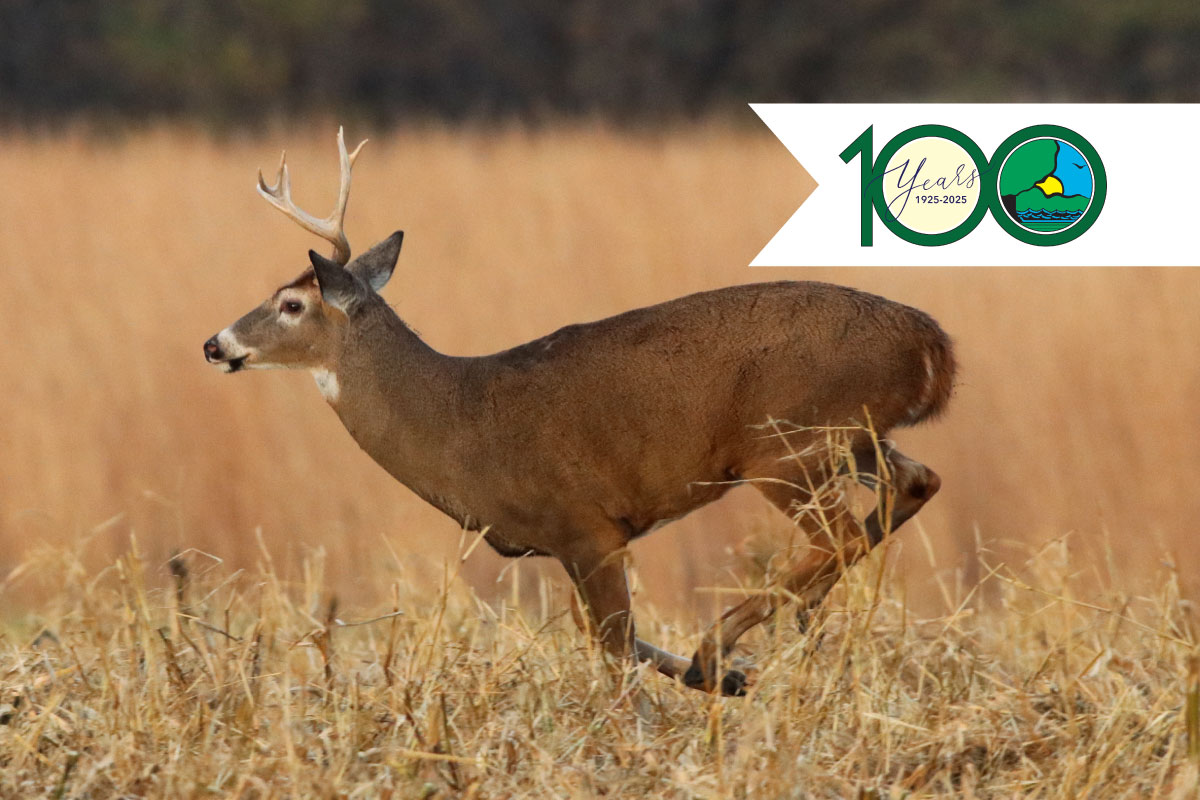
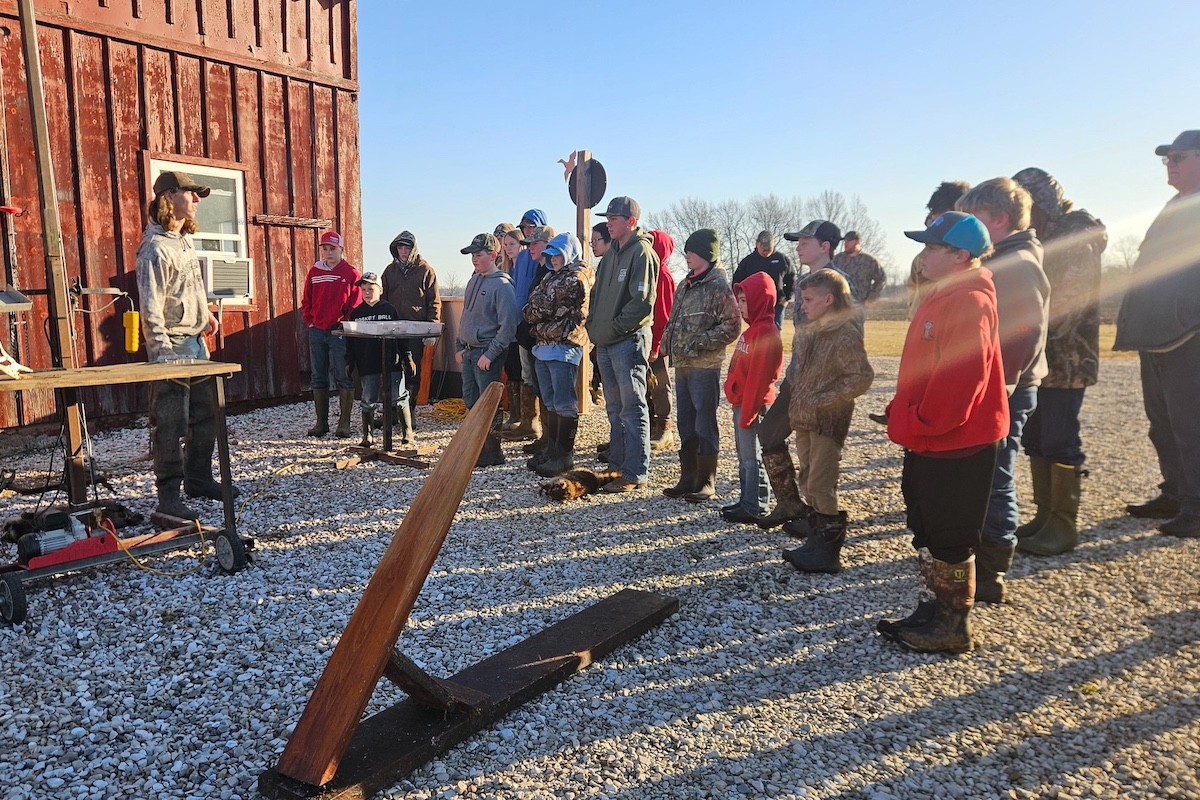
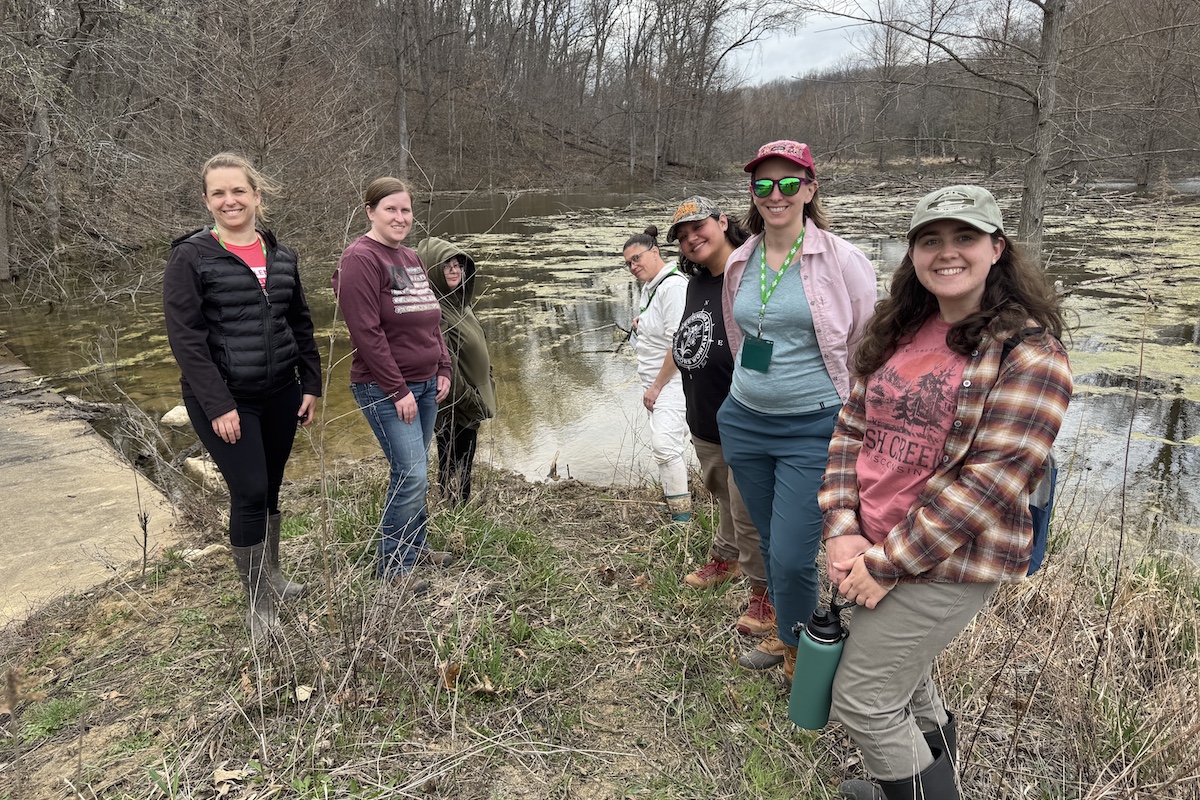
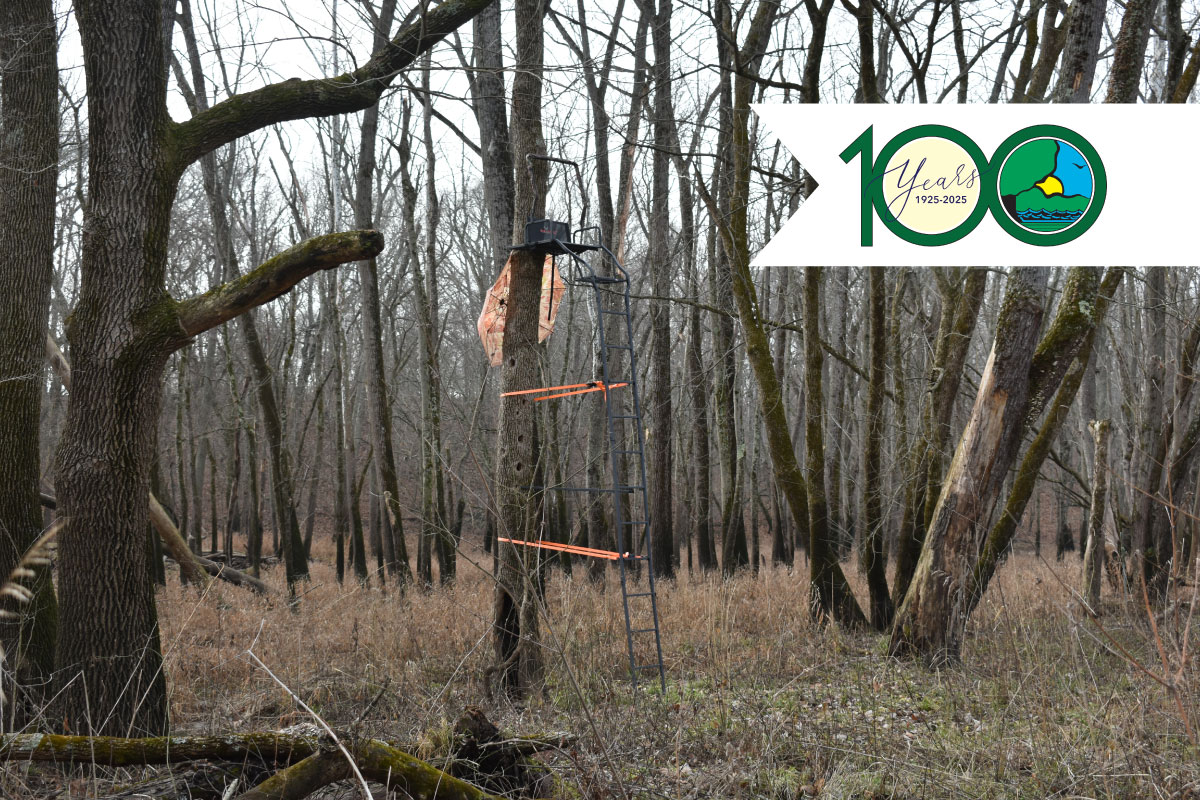
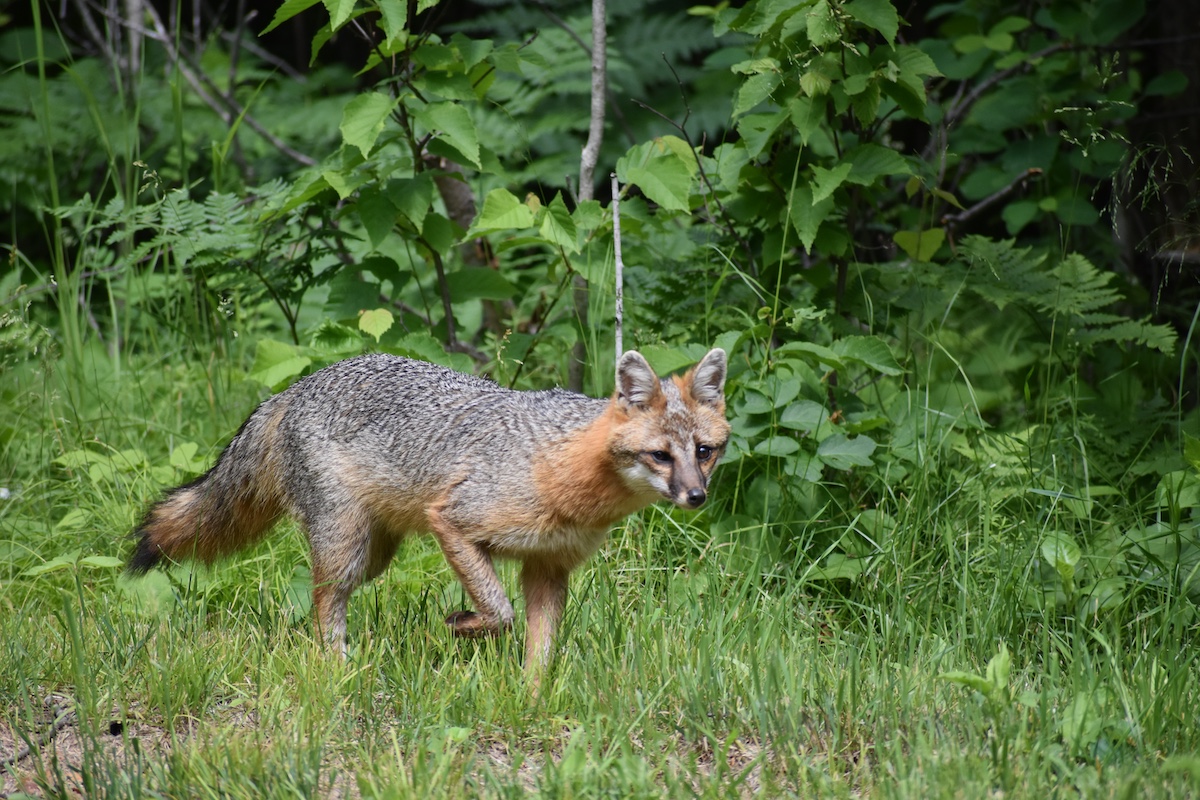
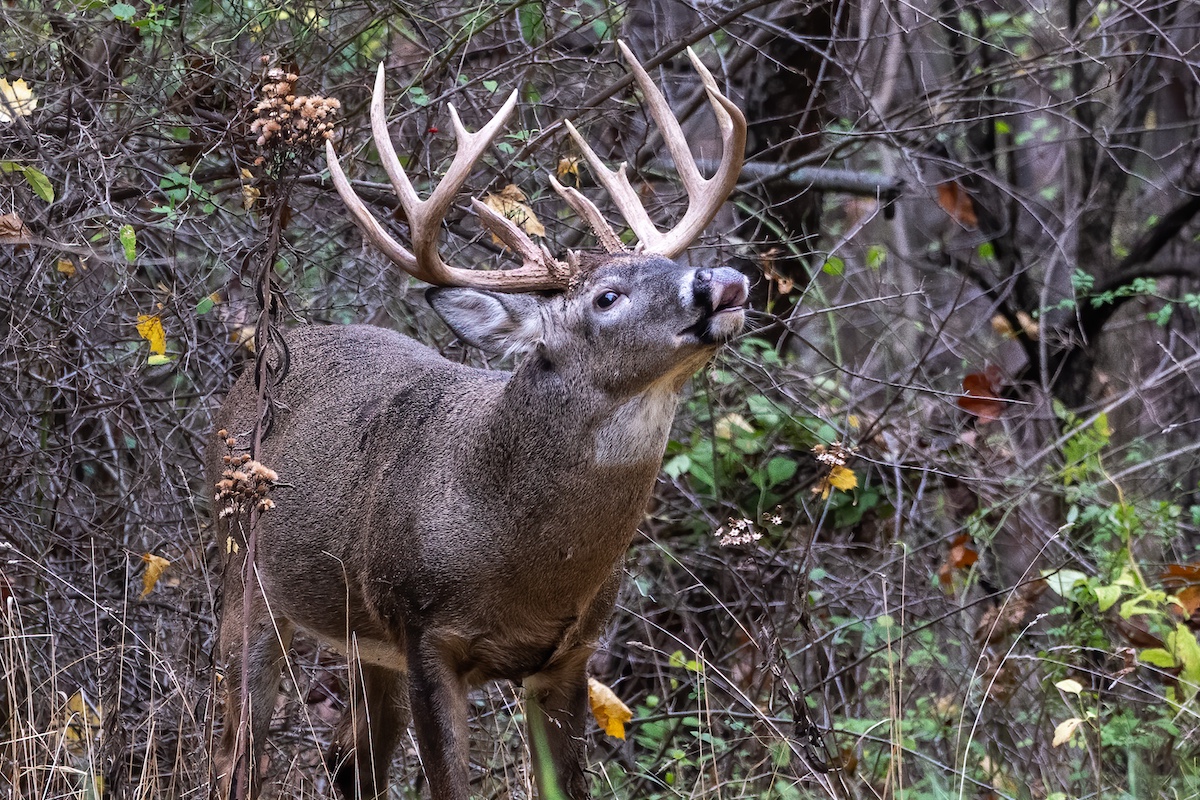
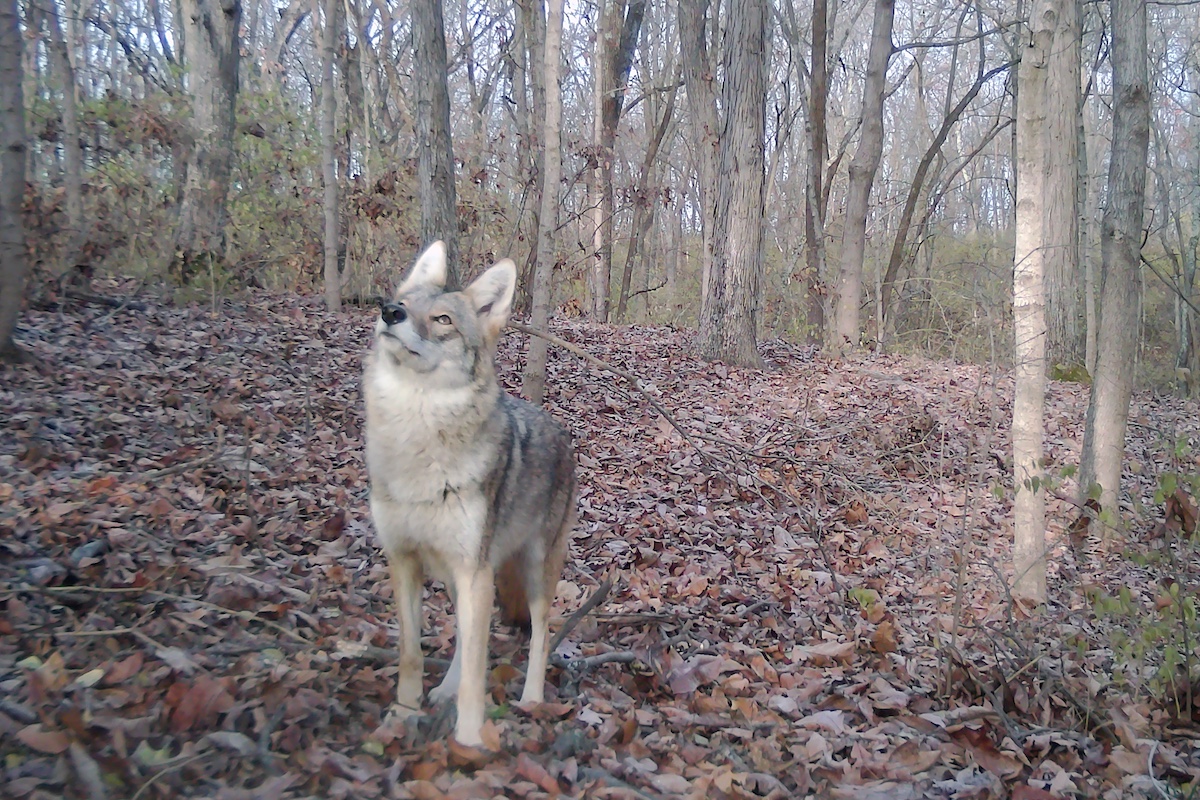
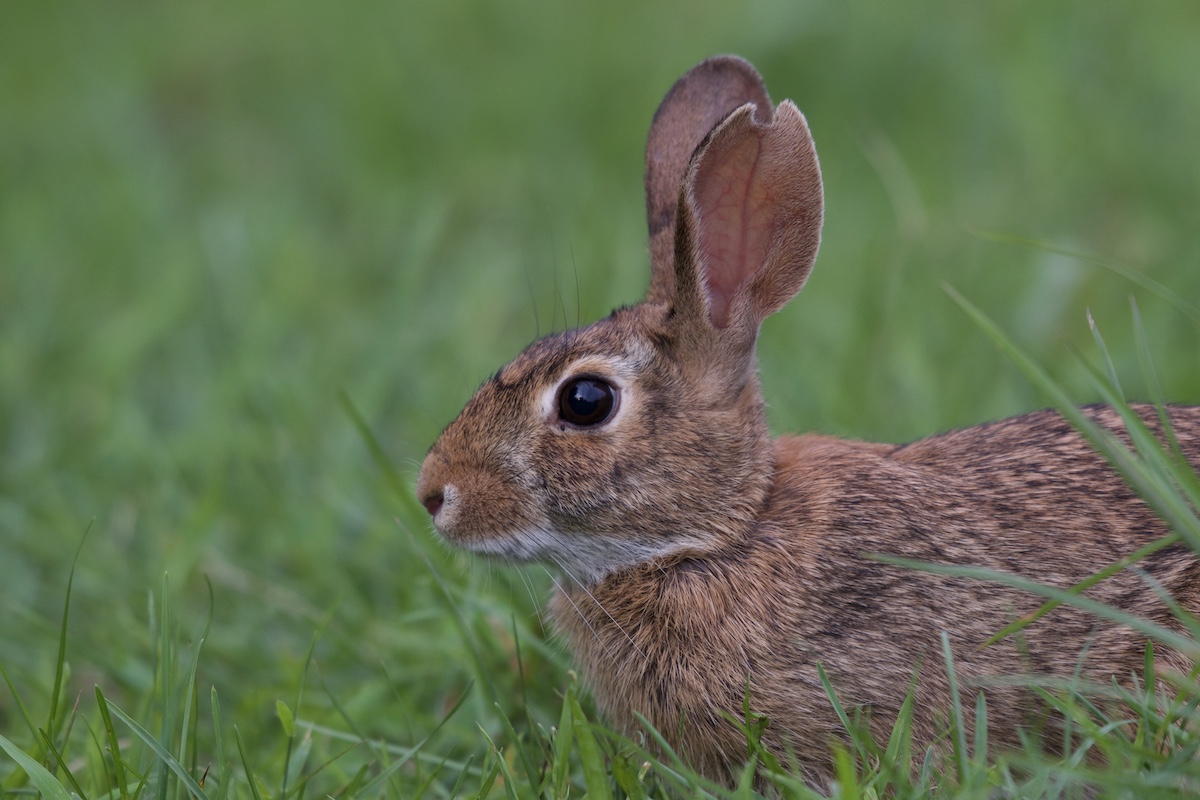
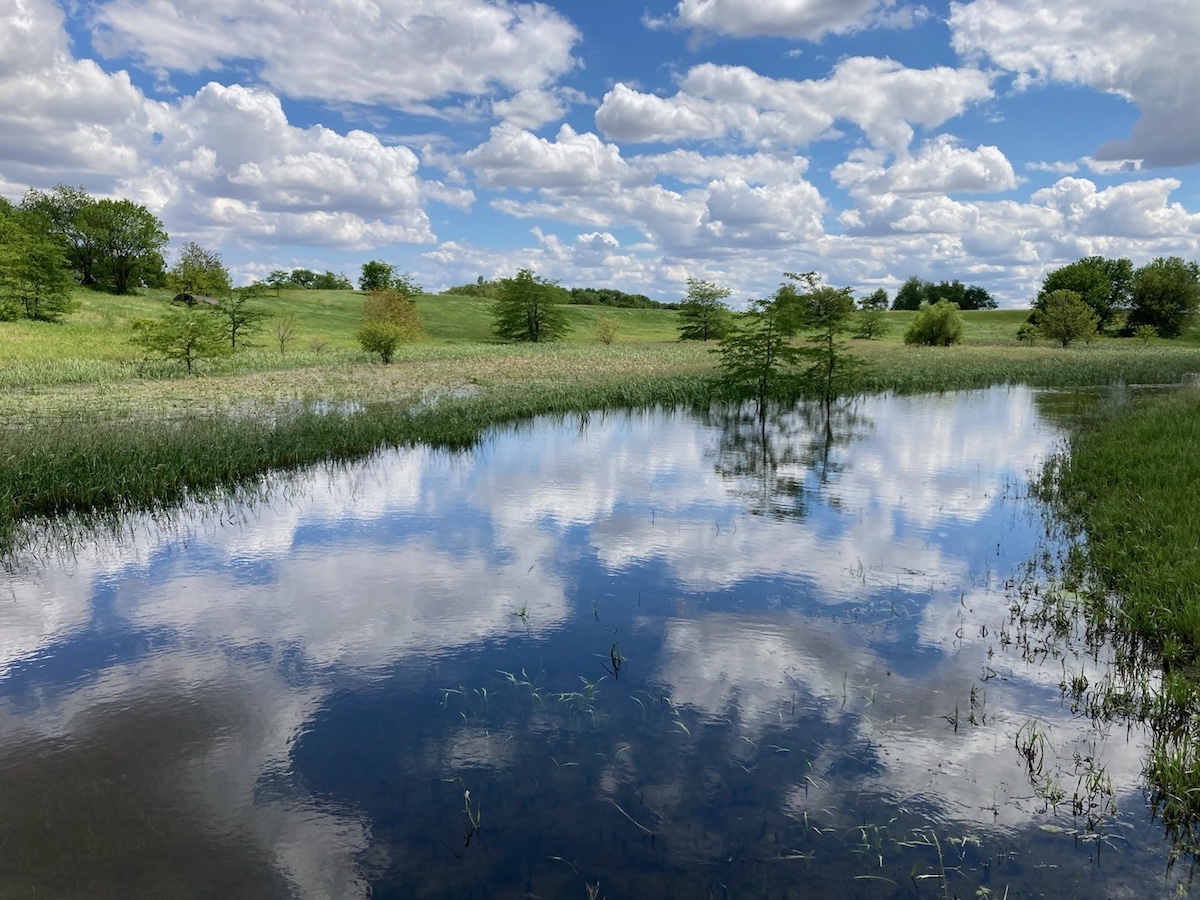
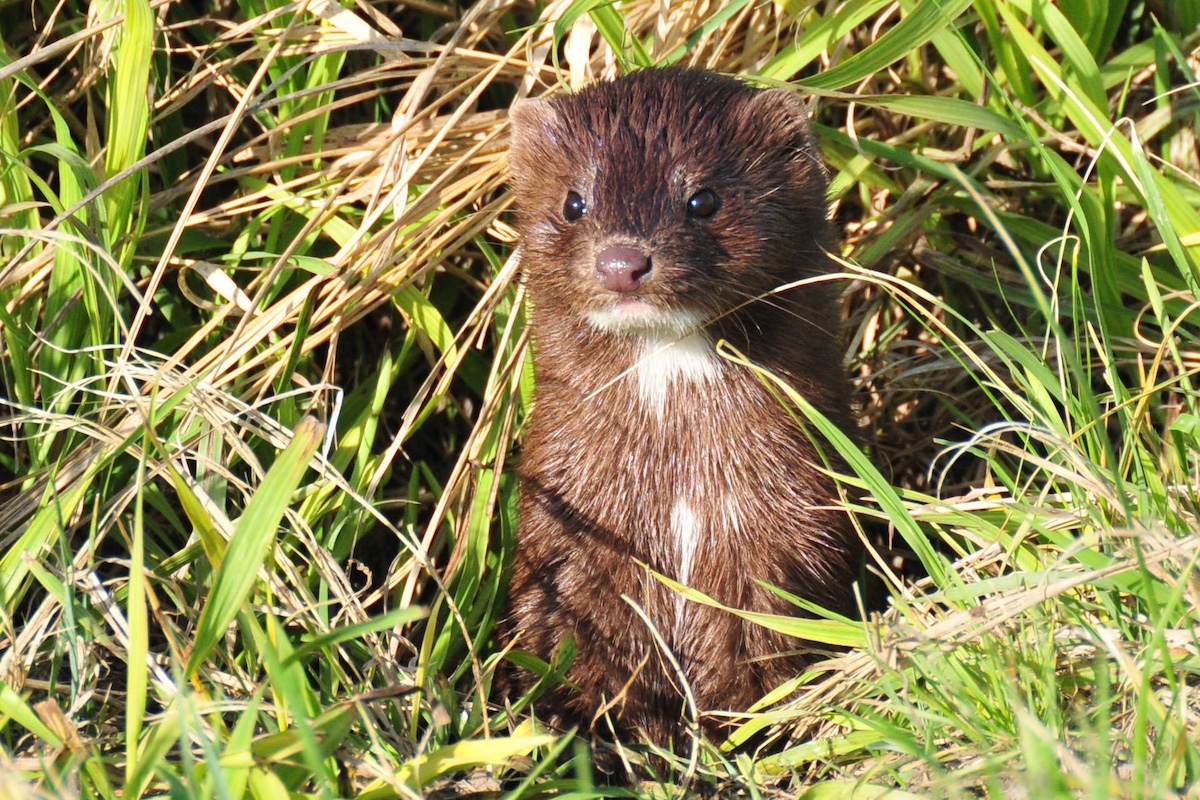
Submit a question for the author